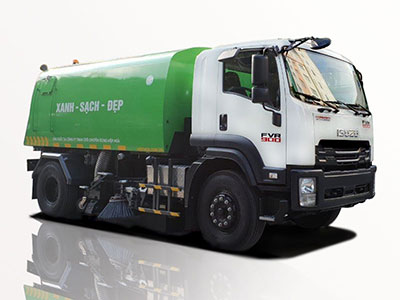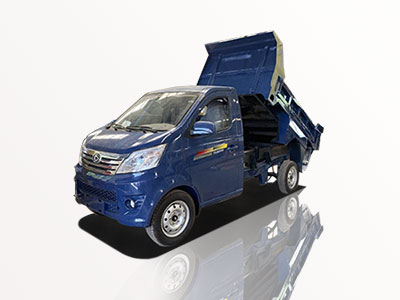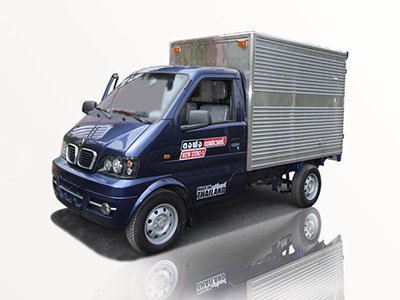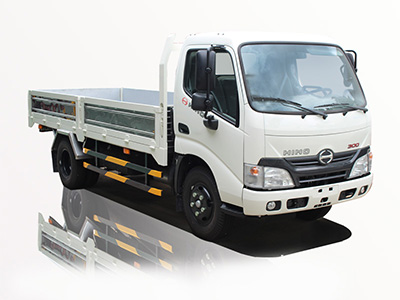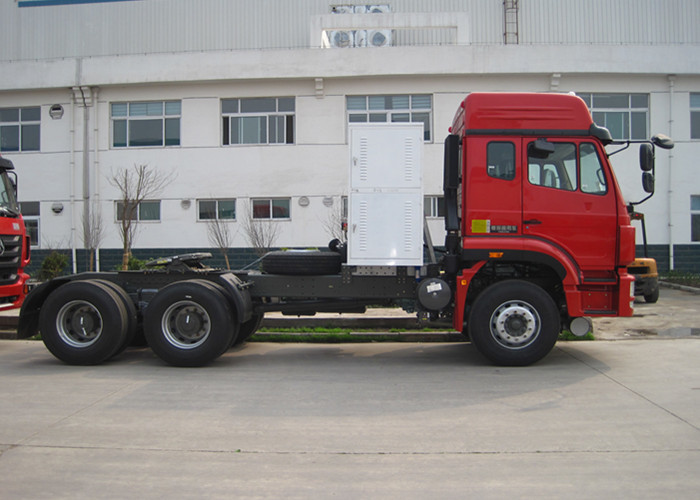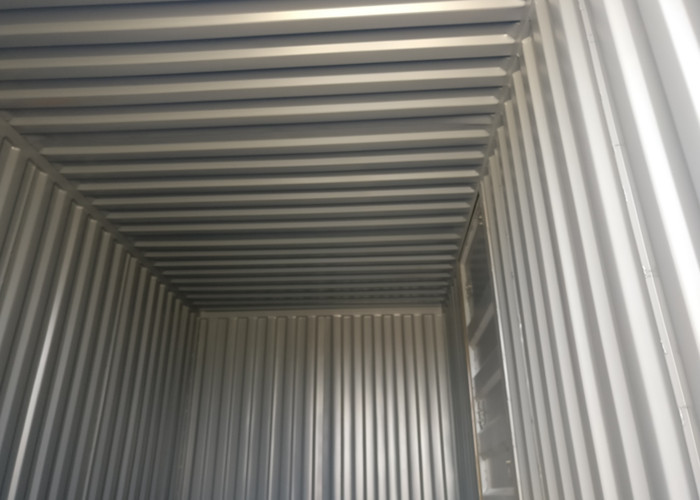Introduction
Waste disposal vehicles play a crucial role in maintaining public health and sanitation. These specialized vehicles are designed to collect, transport, and dispose of various types of waste efficiently. As urbanization increases and waste generation grows, understanding waste disposal vehicles becomes essential for communities, businesses, and environmental agencies. This article provides comprehensive insights into waste disposal vehicles, their types, operation, technology, and best practices for efficient waste management.
Types of Waste Disposal Vehicles
1. Rear Loader Garbage Trucks
Rear loader garbage trucks are one of the most common types of waste disposal vehicles. They feature a large opening at the back, allowing waste to be loaded from the rear. These vehicles are often used for residential waste collection due to their efficient design.
Advantages
- Compact design suitable for narrow streets.
- Easy to operate with minimal training.
- Reduces the risk of accidents by keeping the operator in the vehicle.
Examples
Many municipalities prefer rear loaders for curbside collection. For example, New York City utilizes rear loader trucks for residential garbage collection, effectively managing waste in densely populated areas.
2. Front Loader Garbage Trucks
Front loader garbage trucks are used primarily for commercial waste collection. They have large bins at the front that can easily lift and dump heavy waste containers.
Advantages
- High capacity for larger loads.
- Fast unloading process, increasing efficiency.
- Ideal for industrial or commercial waste management.
Examples
Front loaders are commonly used by businesses with high waste outputs, such as shopping centers and factories. For instance, many large retail chains rely on front loader trucks to manage their waste efficiently.
3. Side Loader Garbage Trucks
Side loader garbage trucks are designed with a mechanism that allows waste to be loaded from the side. This type is becoming increasingly popular in urban areas.
Advantages
- Reduces the need for manual labor in waste collection.
- Can collect waste from multiple bins in one trip.
- Minimizes disturbances in residential areas.
Examples
Cities like Los Angeles have adopted side loader trucks to streamline waste collection, particularly in neighborhoods where space is constrained.
Key Features of Waste Disposal Vehicles
1. Compaction Technology
Modern waste disposal vehicles often feature compaction technology, which compresses waste to maximize space within the truck’s body. This leads to fewer trips to the landfill and reduces overall emissions.
2. Automated Systems
Automation is a growing trend in waste management, with vehicles equipped with robotic arms or automated loading systems. This technology allows for efficient pick-up of waste bins without requiring drivers to exit their vehicles.
3. GPS and Route Optimization
Many waste disposal vehicles are now integrated with GPS systems that enable real-time tracking and route optimization. This ensures that routes are efficient, reducing fuel consumption and improving service levels for residents.
Practical Tip
Municipalities should invest in GPS technology for their waste disposal fleets to enhance operational efficiency. Regularly update routing software based on traffic patterns and seasonal changes.
Importance of Waste Disposal Vehicles in Environmental Sustainability
1. Reducing Landfill Overflow
Waste disposal vehicles play a pivotal role in managing waste efficiently, thereby reducing landfill overflow. By optimizing collection schedules and routes, municipalities can ensure timely waste removal.
2. Minimizing Carbon Footprint
Advanced waste disposal vehicles are designed for better fuel efficiency and lower emissions. Transitioning to electric or hybrid models can significantly minimize the carbon footprint associated with waste collection.
3. Promoting Recycling
Vehicles equipped with separate compartments for recyclables encourage proper waste segregation. This promotes recycling and reduces the amount of waste sent to landfills.
Challenges in Waste Disposal Vehicle Operations
1. Maintenance Costs
Like any fleet, waste disposal vehicles require regular maintenance, which can lead to high operational costs. Preventive maintenance programs can help mitigate unexpected breakdowns.
2. Driver Training
Drivers must be adequately trained to operate waste disposal vehicles safely, especially those with advanced technology. Failure to train can lead to accidents and operational inefficiencies.
Practical Example
Municipalities could implement comprehensive training sessions for new drivers, covering vehicle operation, safety protocols, and waste management best practices.
3. Public Perception and Community Engagement
Waste disposal is often viewed negatively by communities. Engaging the public through educational campaigns about the benefits of proper waste disposal can improve perceptions.
Future Trends in Waste Disposal Vehicles
1. Electrification of Fleets
As sustainability becomes a priority, many municipalities are considering the electrification of their waste disposal fleets. Electric waste collection vehicles are quieter, reduce emissions, and often have lower operating costs.
2. Integration of Smart Technology
Smart technology integration is expected to increase in the coming years, with vehicles equipped to communicate with waste management systems. This could include automated scheduling and real-time data analysis.
3. Adoption of Alternative Fuels
Alternative fuels such as compressed natural gas (CNG) are gaining popularity due to their lower emissions compared to traditional diesel fuels. Fleets adopting these technologies can significantly reduce their environmental impact.
Best Practices for Waste Disposal Vehicle Management
1. Regular Training and Development
Provide ongoing training for drivers and maintenance staff to keep up with new technologies and safety protocols.
2. Scheduled Maintenance
Implementing a strict maintenance schedule can prolong vehicle lifespan and enhance operational efficiency.
3. Community Involvement
Involve the community in waste reduction programs and educational initiatives to promote awareness and participation in proper waste disposal practices.
Case Studies: Successful Waste Disposal Vehicle Implementation
1. Seattle’s Recycling Program
Seattle has implemented a comprehensive recycling program utilizing a fleet of modern waste disposal vehicles. Their approach emphasizes sustainability, resulting in increased recycling rates and reduced landfill waste.
2. San Francisco’s Zero Waste Initiative
San Francisco has set ambitious goals to achieve zero waste by 2030. Their waste management vehicles are integrated with technology that supports their recycling and composting initiatives, leading to a significant decrease in landfill dependency.
Frequently Asked Questions (FAQs)
1. What is the average lifespan of a waste disposal vehicle?
The average lifespan of a waste disposal vehicle is about 10 to 15 years, depending on the maintenance and the working conditions it faces.
2. How can municipalities reduce the cost of waste disposal vehicle operations?
Municipalities can reduce costs by investing in fuel-efficient vehicles, implementing preventive maintenance practices, and optimizing collection routes using data analytics.
3. Are there environmentally friendly options for waste disposal vehicles?
Yes, there are environmentally friendly options such as electric trucks and those powered by compressed natural gas (CNG), which significantly reduce emissions.
4. What technologies are available for enhancing waste collection efficiency?
Technologies such as GPS route optimization, automated loading systems, and smart sensors for tracking waste levels in bins enhance collection efficiency.
5. How does community engagement impact waste disposal?
Community engagement improves public awareness regarding waste management, encourages participation in recycling programs, and fosters a sense of ownership over local sanitation efforts.
6. What role do waste disposal vehicles play in promoting a circular economy?
Waste disposal vehicles are integral to promoting a circular economy by ensuring that recyclables are properly collected and sent to the right facilities, minimizing waste and promoting resource recovery.
